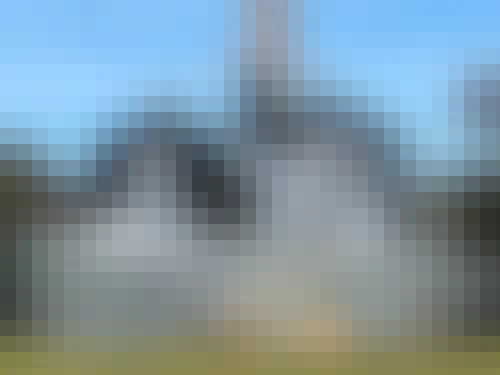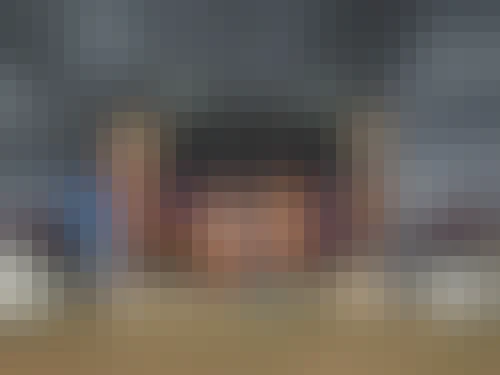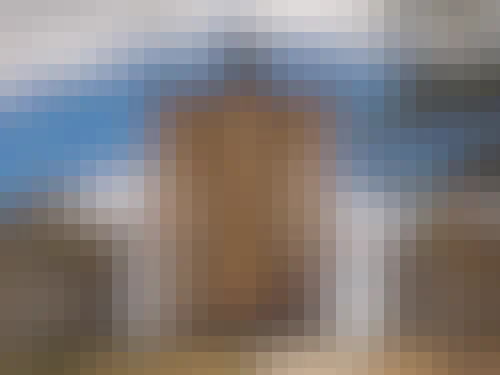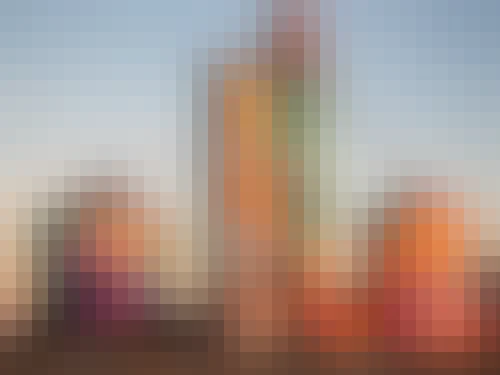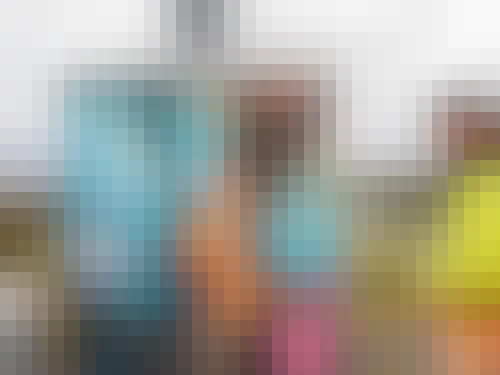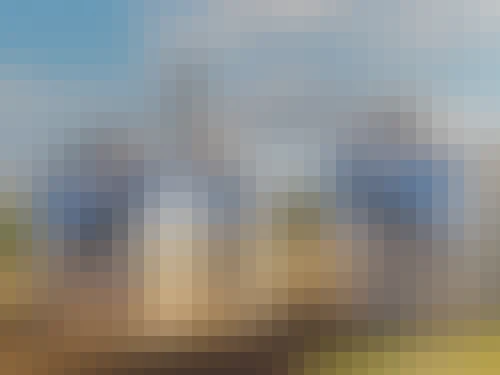The Silo Art Trail
is known as Australia’s biggest outdoor gallery, truly an incredible experience which celebrates the rich heritage of Victoria's Wimmera Mallee region.
Spread out over 200 kilometres, our regions Silo Art Trail features six wheat silos dating back to the 1930s.
Where some saw rural decay and rusty railway tracks lined with disused grain silos, street artists saw huge concrete canvases. Each of the silos have been transformed by artists from around the world who tell a story about the local people through their art. From the hard-working farmers, Indigenous Elders, and the sports-loving youth, these agricultural giants have revitalised small towns and signify the true spirit of the Wimmera Mallee
One of the best ways to approach the Silo Art Trail is from the south, starting in Melbourne, Ballarat, or Horsham. Depending on the type of trip you’re taking we suggest covering the entirety of these six silos over at least two days. Our suggestion would be making Horsham your home base and exploring each region from here, you can discover our list of recommended accommodation.
Our guide below, allows you to cruise from town to town and witness this innovative art project that sees renowned street artist from Australia and across the globe transform wheat silos into large-scale murals that tells the stories of our community and culture.


